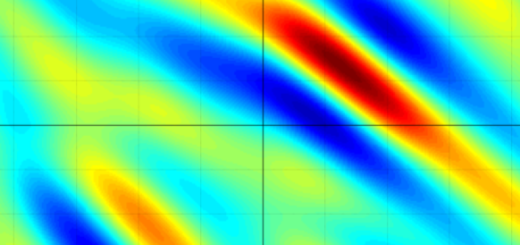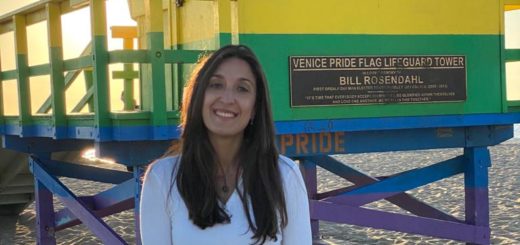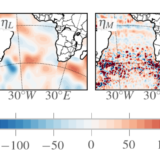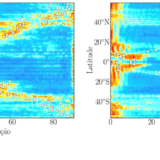Fifteen years of sea surface height anomaly (SSHA) from merged TOPEX/Poseidon and Jason-1 datasets gridded using an autocorrelation-based interpolation method are used to test the spectral variability of first mode baroclinic Rossby waves in the Atlantic Ocean. The gridding method is innovative and was specifically developed for this purpose. Mean SSHA, trends and monthly climatologies were determined globally. The global SSHA trends show regions of rising sea level of more than 10 mm yr −1 and some regions of sinking the same order of magnitude. A two-dimentional wavelet analisys-based methodology was entirely developed for the purpose of this study and is unprecedently applied to the altimetry data. SSHA longitude-time diagrams are filtered through the two dimentional wavelet filter and decomposed to obtain at certain latitudes the variation of the seasonal cycle and of the propagating signal linked to these waves. The methodology is first applied to the Pacific Ocean at 28, 5 ◦ N to validate the results with the available literature and then applied to the Atlantic Ocean with detail at the latitudes 32, 5 ◦ N and 17, 5 ◦ S. The calculated phase velocities for the Atlantic range from −20 km day −1 at 10 ◦ latitude to −2 km day −1 at 38 ◦ latitude. The spectral variability of Rossby waves is analysed at three locations: 28, 5 ◦ N 134, 3 ◦ E, 32, 5 ◦ N 73, 5 ◦ W and 17, 5 ◦ S 35, 2 ◦ E. In all cases spectral change is observed in time, at the annual, semi-annual and quarterly spectral bands both in intensity and in persistence. Furthermore, through the longitude-time spectral power distribution analysis in various spectral bands, there is spatial variability in the Rossby wave spectrum.
Valores do LOS
Agimos de forma a valorizar a excelência, quer seja na pesquisa, na docência ou na orientação. Gostamos do que fazemos e isso é fundamental.
Desde que você tenha a formação, as habilidades necessárias e esteja motivado para trabalhar conosco, seja bem vindo. Separamos o que é pessoal do que é profissional.
Vídeo
Categorias
-
Olga Sato, PhD – Oceanografia Física
29/12/2024
-
Maurício Rebouças Rocha, M.Sc.
17/01/2024
-
16/04/2021
Tags
altimeter
altimetria
Altímetro
AMOC
amplitudes
article
Atlântico Tropical
Balanço de calor
Brunt-Väisälä
CESM2
clorofila
coordenador
cultura e extensão
curso
disciplina
doutorando
eddies
filtros
graduação
HYCOM
ISAS
ITCZ
JPL
Krieger
Maurício
mesoescala
mesoscale
oceanografia física
ondaletas
Ondas de Rossby
optativa
paper
pesquisador
polito
professor
Rossby waves
satélites
SSH
SST
TIW
TIWs
tropical instability waves
vórtices
wavelets
Welch











